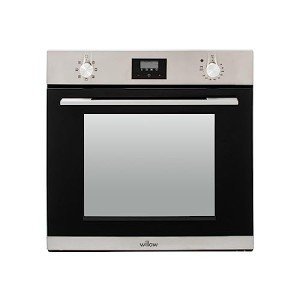Is Built In Range The Same As Everyone Says?

Comprehending the Built-In Range: A Deep Dive Into One of the Most Versatile Programming Features
The built-in function range() is one of the most typically utilized features in programming, especially in Python. Its simpleness and flexibility make it an essential tool for designers, engineers, and data researchers alike. In this post, we will check out the essential aspects of the built-in range function, its syntax, use cases, and some practical examples to help you take advantage of its power in your coding ventures.
What is the Built-In Range?
In Python, the range() function produces a series of numbers. It is typically utilized for version, particularly within loops, allowing programmers to perform a block of code a particular number of times without manually specifying each model.
Syntax of the Range Function
The range() function can take one, two, or 3 arguments, and its standard syntax is as follows:
range( start, stop, action).
start: The beginning point of the series (inclusive). If omitted, it defaults to 0.
stop: The endpoint of the sequence (unique). This argument is required.
step: The distinction between each number in the series. If left out, integrated hob and oven defaults to 1.
Examples of Using Range.
Fundamental Usage: Using range() in a simple for loop to print numbers from 0 to 4:.
for i in range( 5 ):.
print( i).
Output:.
0
1.
2.
3.

4.
Specifying a Start and Stop: You can specify both a beginning point and an endpoint:.
for i in range( 2, 6):.
print( i).
Output:.
2.
3.
4.
5.
Using a Step Value: The action parameter enables you to manage the increments:.
for Built in ovens electric in range( 0, 10, 2):.
print( i).
Output:.
0
2.
4.
6.
8.
Counting Backwards: The step can likewise be unfavorable, permitting counting down:.
for i in range( 5, 0, -1):.
print( i).
Output:.
5.
4.
3.
2.
1.
Practical Applications.
Iterating Over Lists: While utilizing range() is typical in for loops, it can also work for repeating over the indices of a list.
fruits = [' apple', 'banana', 'cherry'] for i in range( len( fruits)):.
integrated hob and oven ( f" i: fruits [i] ").
Output:.
0: apple.
1: banana.
2: cherry.
Developing Number Sequences: The function comes in handy for creating series of numbers, which you may require for algorithms or information control.
number_list = list( range( 10, 21)).
print( number_list).
Output:.
[10, 11, 12, 13, 14, 15, 16, 17, 18, 19, 20] List Comprehensions: range() works beautifully with list comprehensions for more condensed expressions.
squares = [x ** 2 for x in range( 5)] print( squares).
Output:.
[0, 1, 4, 9, 16] Conclusion.
The built-in range function is a basic feature in Python that provides a basic way to generate sequences of numbers, which can be utilized for a variety of programming tasks. Whether you are dealing with loops, producing lists, or implementing algorithms, understanding how to use range() is important for efficient Python coding. As you continue to explore the language, you'll undoubtedly discover brand-new methods to leverage this powerful tool, making your programs jobs more effective and structured.
